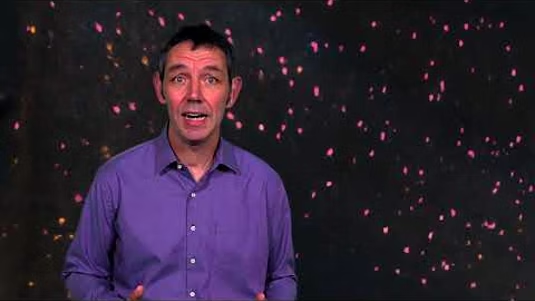Image Processing and Analysis for Life Scientists free videos and free material uploaded by École Polytechnique Fédérale de Lausanne Staff .
Week 1: Digital Images Introduction to digital image formation and how optical systems go from objects to images.
Week 2: Colors Review of human visual perception and the RGB color model. Introduction to the concepts of image bit-depth and lookup tables.
Week3: Operating on Images Introduction to image scaling, interpolation, and mathematical operations of images, and why certain bit-depths are more suitable than others.
Week4: Filtering Using image filtering to enhance or suppress features in an image for easing subsequent analysis. We cover linear, nonlinear and Fourier filtering with emphasis on examples.
Week 5: Image Segmentation Introduction to image segmentation and overview of available methods (thresholding, clustering, machine learning) and morphological operations.
Week 6: Regions of Interest Going from analyzed objects to regions of interest and results tables. Emphasis is made on how to best obtain unbiased measurements and produce a reusable image analysis workflows
Week 7: Colors, and dimensionality reduction Introduction to color models, and color deconvolution. Overview of the concept of dimensionality reduction through image projections and reslicing and application to measuring moving objects.
Extra Week: ImageJ Macro Programming Prime Presentation of basic programming principles applied to the ImageJ Macro Language. Crash course on variables arrays, loops, conditionals, available macro functions and writing custom functions.
Nowadays, image-based methods are indispensable for life scientists. Light microscopy especially, has evolved from sketched out observations by eye, to high throughput multi-plane, multi-channel, multi-position and multimode acquisitions that easily produce thousands of information-rich images that must be quantified somehow to answer biological questions.
This course will teach you core concepts from image acquisition to image filtering and segmentation, to help you tackle simple image analysis workflows on your own. All examples use open source solutions, in order to allow you to be independent from commercial solutions. Emphasis is made on good practices and typical pitfalls in image analysis. At the end of this course, you will be able to adapt and reuse workflows to suit your specific needs and be equipped with the tools and knowledge to adapt and seek advice from the ever-growing image analyst community of which you will be a part now
The course is taught by senior image analysts with longtime work experience in a service-oriented core facility.

- 0 Reviews
- 0 Students
- 57 Courses

Write a public review